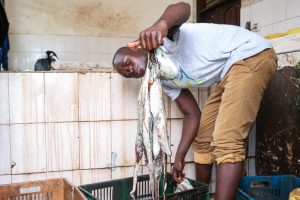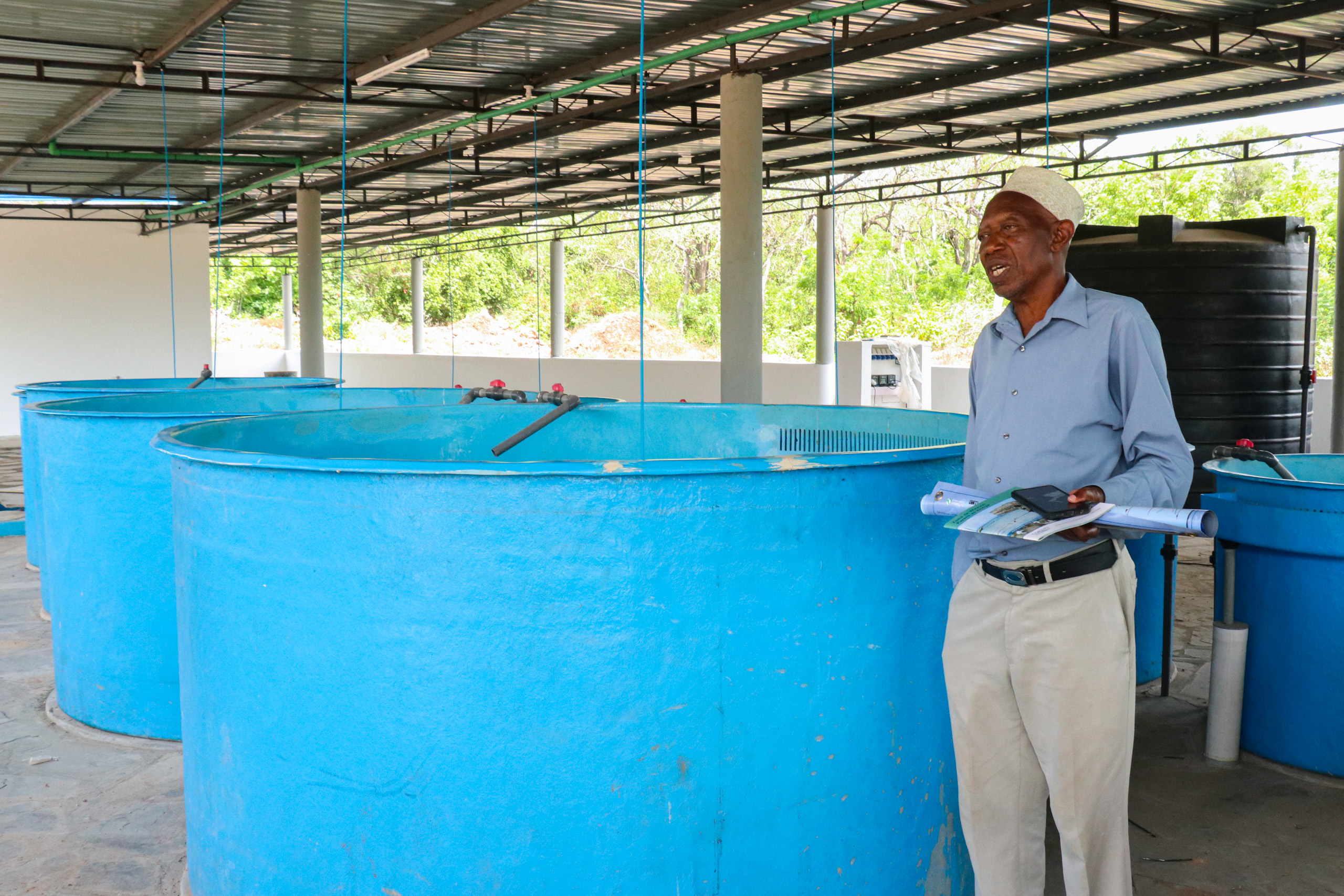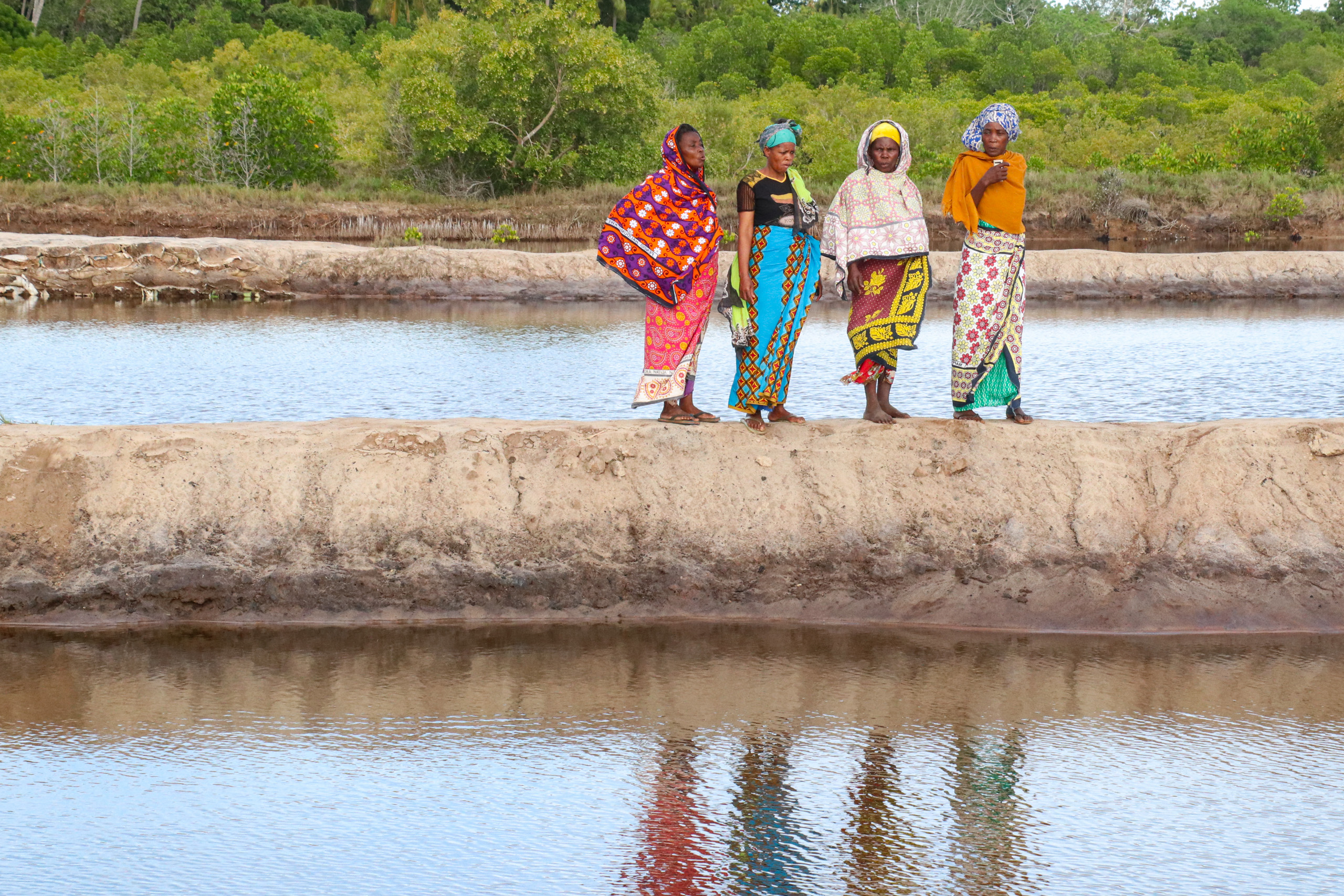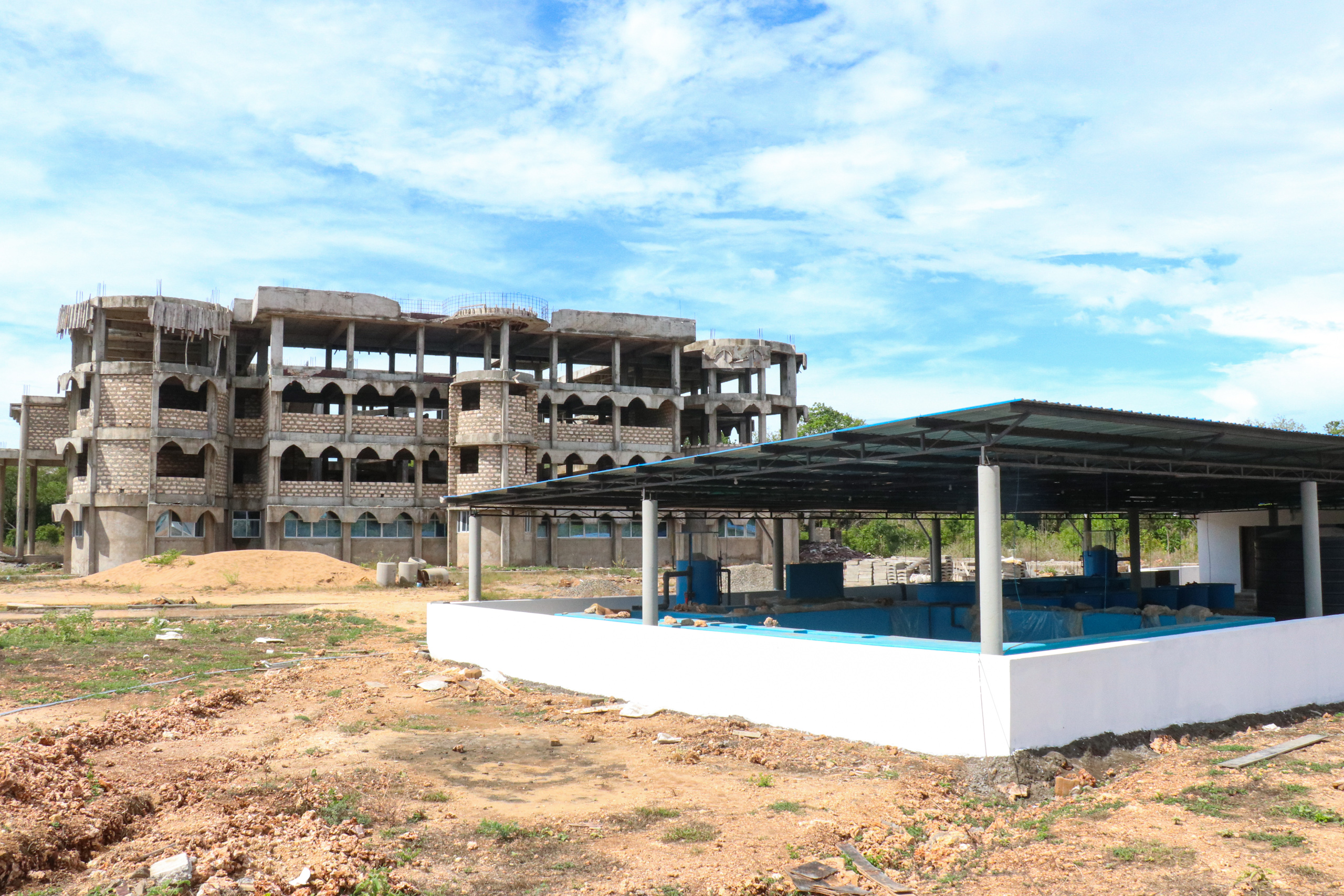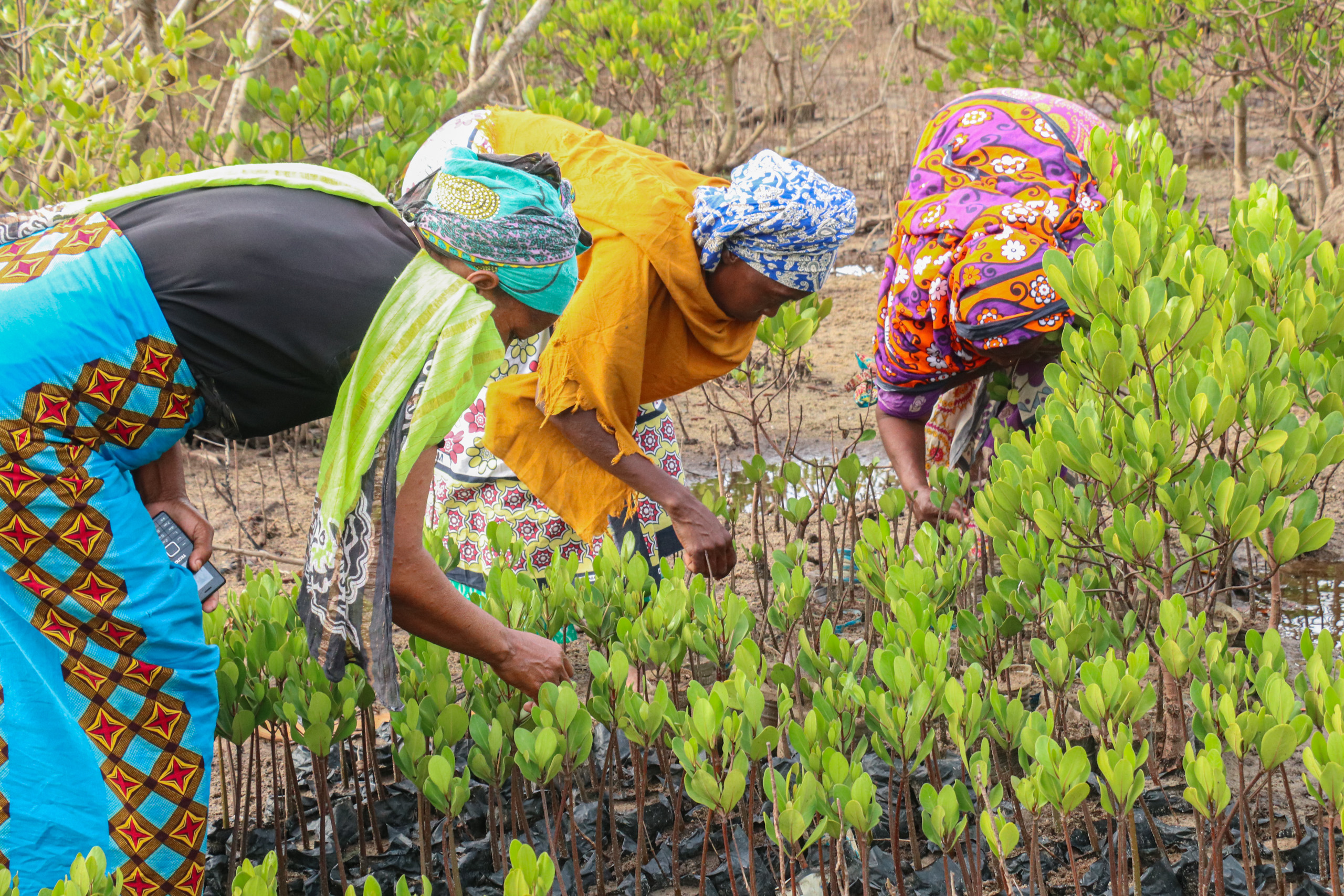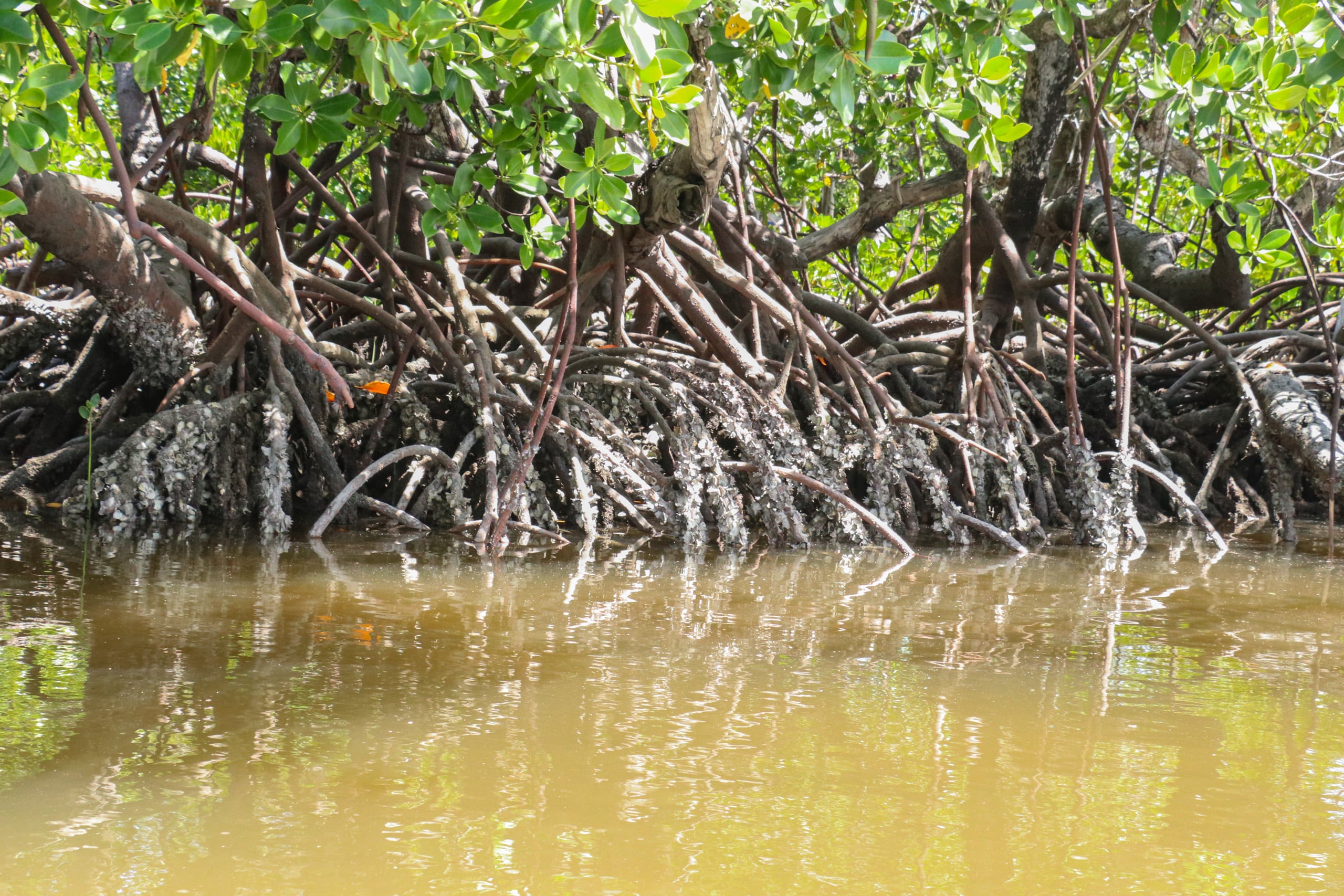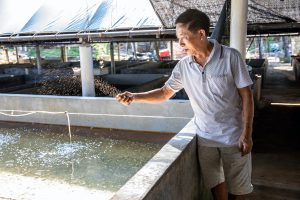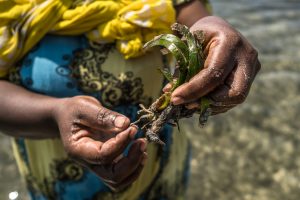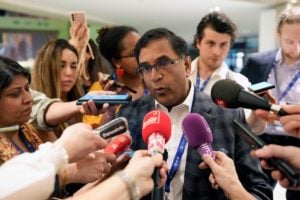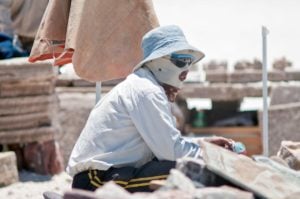Kenya has a problem brewing in its waters: the country is increasingly reliant on fish imports. While annual fish consumption has risen to 600,000 tonnes, the natural catch is shrinking and national fish production stands at 400,000 tonnes. Kenya primarily meets the supply shortfall with imports from China, which accounts for 83% of the value of such imports, followed by Norway, Tanzania, India and Uganda.
In a bid to reverse this trend, Kenyan aquaculture must develop beyond its lakes and Indian Ocean zone, which are both already overfished. The government and local fishers are therefore increasingly hoping “mariculture” will feed Kenya’s growing population. The practice of cultivating and farming fish in salt water, mariculture is the focus of a deal between Kenya and the World Bank worth US$100 million.
For Kenyan mariculture to thrive, fisheries policy experts say the country must build and develop fish hatcheries, boost production of the necessary fish seeds (meaning baby fish) and update its farming technology. The World Bank initiative could help to deliver these outcomes, but its development has suffered several setbacks, including construction delays and implementation difficulties.
$100 million for fisheries
Launched in March 2020, Kenya’s World Bank-funded mariculture initiative is called the Marine Fisheries and Socio-Economic Development Project (KEMFSED). As well as relieving Kenya’s reliance on fish imports, KEMFSED was conceived to cultivate sustainability among the country’s fisheries and raise the incomes of coastal fishing communities.
Under the project, the state’s Marine and Fisheries Research Institute is establishing the National Mariculture Resource and Training Center (NAMARET). This $8-million development is under construction in the south-eastern coastal town of Shimoni, Kwale County.
NAMARET will feature a large-scale marine hatchery to nurture fish seed and fingerlings, designed to meet maricultural supply demands. The centre will also train up fish farmers to cultivate shellfish, finfish, milkfish and rabbit fish, both in cages and ponds.
China Dialogue Ocean spoke to David Mirera, a mariculture scientist and assistant director at Kenya’s Marine and Fisheries Research Institute, who says this hatchery should be a game-changer for Kenyan mariculture. According to Mirera, NAMARET will also offer fish processing and cold storage services, which are often unaffordable for small-scale fish farmers.
Mariculture farmers in Kwale County welcome NAMARET’s arrival. The Kwale village of Makongeni is home to a collective of mariculturalists called the Baraka Women’s Conservation Group. The group’s chair, Mwalimu Mariam, told China Dialogue Ocean that NAMARET will boost their fish production capacity and save them from buying fingerlings.
Alice Jesse, the UN Food and Agriculture Organization (FAO) fisheries coordinator for Kenya, says the country’s short supply of fingerlings drives some fish farmers to capture wild, juvenile fish in coastal waters to stock their ponds. This interferes with natural breeding processes and places fish farmers in direct competition with wild-catch fishers.
Beyond the NAMARET facility, Mirera says the institute and its partners plan to assist fish farmers in establishing backyard marine hatcheries to produce tilapia fingerlings. Starting with the counties of Kilifi, Mombasa and Kwale in 2022, Mirera says the plan is to eventually fulfil the fingerling supply needs of every coastal county in Kenya.
Mariculture project setbacks
However, many of these plans are on hold due to construction delays. The centre’s official opening date is yet to be announced and Mirera says NAMARET’s hatcheries are only partially operational.
Rishad Hamisi tells China Dialogue Ocean that the building contractor for NAMARET failed to reach the anticipated standards. Head of the fisheries management community group, Shimoni Beach Management Unit, Hamisi says the government is now searching for another builder: “This is a presidential directive, which we hope will be done without delay.” Hamisi adds that the delay is holding up employment opportunities and generating extra costs.
Furthermore, KEMFSED’s overall progress was deemed “moderately unsatisfactory” in a World Bank status update in July.
Mirera points out that the Covid pandemic and subsequent reductions in workforce capacities have contributed to the delays: “It’s important to note that the process has not been slow; being a specialised field and having no local expertise, it takes a long time to get the right contractors for the job.” The World Bank is providing technical support from Australia to fast-track the project, Mirera adds.
Kenya’s rocky mariculture journey
Kenya has 640km of coastline with productive bays and creeks that provide opportunities for mariculture to flourish. However, developing it in Kenya has long been an uphill battle.
In the late 1980s, Kenya’s fisheries department and the FAO began to develop the mariculture industry with the Ngomeni Prawn Farm. This spawned two more farms, before funds were withdrawn and the enterprise collapsed.
The sector nevertheless expanded to include oyster, crab, milkfish and seaweed farming, with mixed success. For example, 10 million oysters were produced in Mtwapa Creek and Gazi Bay during the 1990s, but an underdeveloped market meant this industry could not be sustained.
In 2015, the United Nations Environment Programme published its “Regional State of the Coast Report: Western Indian Ocean”. Regarding Kenya, it concluded that the country’s mariculture sector had not “realised its economic or ecological potential”. This was attributed to conflicting government policies, insufficient investment and technological expertise, inconsistent donation-driven projects, and difficulties in accessing international markets.
Some of these factors persist today, but the fact remains that overfishing has caused Kenya’s inland fresh-water and wild salt-water catches to decline. So, the government and local fishers are pushing for mariculture development once more.
National policy support
Kenya’s stalling mariculture sector does not have the support of government policy or legal frameworks.
Mirera says Kenya’s existing fishery management policies are outdated and preoccupied with ocean fishing. He adds that the Kenya Marine and Fisheries Research Institute is currently reviewing and reshaping these policies, “after which a strategy will be [developed] to operationalise the policy”.
A set of comprehensive and coherent national policies are essential if Kenya’s marine farming sector is to grow sustainably and become adequately regulated, Mirera adds. He envisages a Mariculture Act for Kenya: “With time, there will be a need to ensure we have a one-stop shop for investors [wishing] to undertake mariculture, to ensure a seamless flow through the processes.”
According to the FAO’s Alice Jesse, Kenyan mariculture farmers and small business owners often have little idea of which species to farm, what quantities to produce and which markets to target. These knowledge gaps need to be tackled if Kenya’s mariculture goals are to be realised. She says government policy must “fully engage coastal communities for uptake of these technologies”.
China Dialogue Ocean reached out to Kenya’s Ministry of Agriculture, Livestock, and Fisheries for comment, but has not yet received a response.
